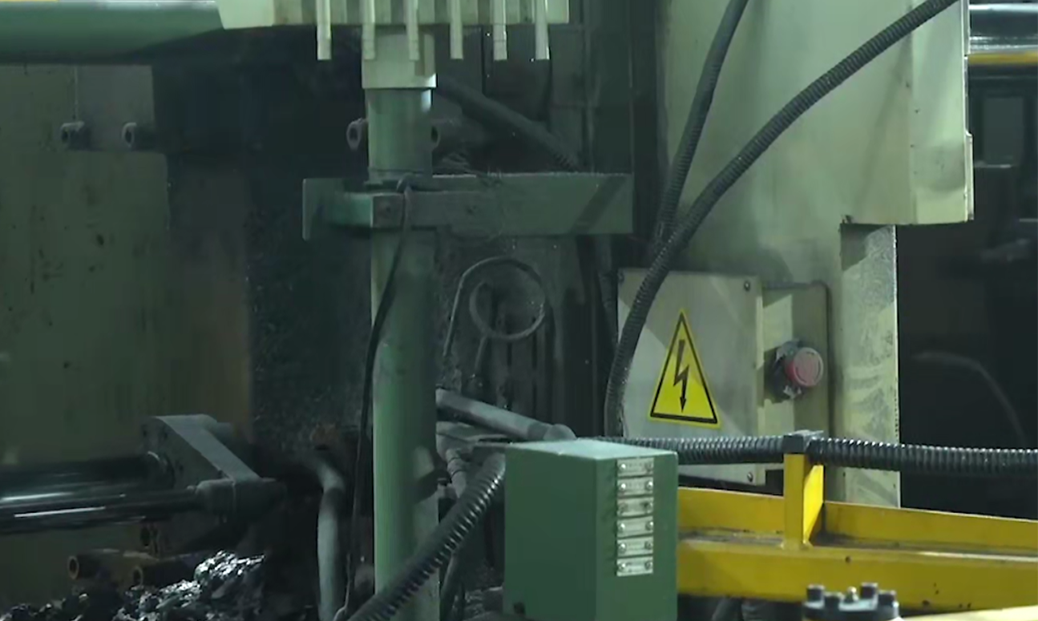Die casting aluminum alloy features
In addition to meeting the performance requirements of the parts, die-casting aluminum alloys should also have the following characteristics in order to be able to die-cast smoothly:
(1) When the superheat degree is not high, even in the solid and liquidus temperature range, it should have good plastic body rheological properties, that is, under the action of pressure, the seemingly viscous aluminum alloy liquid still has excellent rheological properties. Fluidity, easy to fill complex cavities, and ensure good surface texture of die castings. Reduce shrinkage holes in castings. At the same time, improve the working conditions of the die-casting mold and increase its working life;
(2) The linear shrinkage rate is small, and there is a certain high temperature strength, so as to avoid cracks and deformation of the casting, and improve the dimensional accuracy of the casting;
(3) The crystallization temperature range is small, which can reduce the possibility of shrinkage holes in the casting;
(4) It has a certain high-temperature solid-state strength to prevent the casting from being deformed or broken when the mold is opened;
(5) It should have a certain strength at room temperature to improve the mechanical strength and surface hardness of the die casting as much as possible;
(6) There is no chemical reaction with the die-casting mold, and the affinity is small, preventing the mutual alloying of the sticky mold and the casting and the casting mold;
(7) It is not easy to inhale and oxidize in the high temperature molten state, so as to meet the requirements of long-term heat preservation during die casting.
Die-casting aluminum alloys have good performance and process performance, so the die-casting of aluminum alloys has developed rapidly and has been widely used in various industrial sectors. Casting aluminum alloys can be divided into A1-Si alloys, l1-Cu alloys, A1-Mg alloys, and A1-In alloys containing basic elements.


